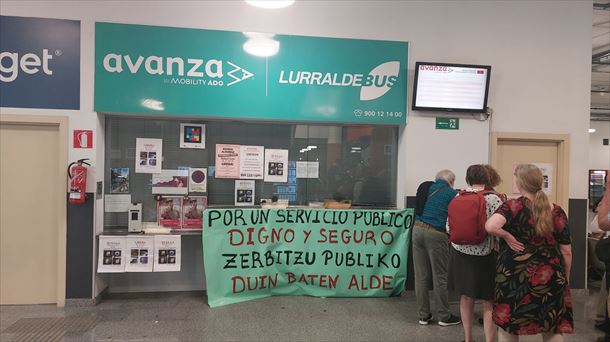Six out of ten payments are still made in cash in stores; almost three in ten with a card and one in ten with a mobile phone and other systems.
Using cash for purchases physical stores it’s down 17.6 points in four years (from 2019 to 2022), from 83.2% to 65.5%, though it’s still the most important payment method. Meanwhile, usage of the card, mobile phone and other systems for said payments has increased, 13% and 4.6% respectively, according to EITB data.
The conclusion is still that six out of ten payments are made in cash; almost three in ten with a card and one in ten with a mobile phone and other systems. Still, cash payments have declined significantly, while the use of cards and other means of payment continues to grow.

Between individuals The same trend is also repeated in the payment method. Seven out of ten payments between private individuals are made in cash, but these have fallen significantly in four years, from 90.9% to 71.4%. Mobile phone payments now account for just over one in ten, growing from 2.6% to 13.1% in four years. For example, the use of mobile applications has increased fivefold and the number of transfers has quadrupled.
Concerning the age differences, cash is the most commonly used means of payment in physical stores among the over-55s. People aged 25 to 39 and 40 to 54 use the cards the most. Moreover, the younger the person, the more they use the mobile. In any case, the use of cash has decreased in all age groups and the use of cards and mobile technology-enabled systems has increased.
However, among private individuals, cash payments predominate in all age groups, but people between 25 and 39 and between 40 and 54 years are the ones who use mobile phones the most for these payments. Yet the trend is also repeating itself as the use of cash decreases overall and the use of mobile-enabled systems increases.


He Bizum and the like already account for 7% of operations payment. It is a bank transfer, but it is only simplified and solved in 10 seconds. Its implementation is supported by the Bank of Spain and the European Central Bank (ECB).
For example, instant payment systems, such as Bizum, already have a high level of implementation in the Spanish state, as they account for 43% of transfers in Spain within the SEPA system. In the EU as a whole, the weight is significantly lower (10%).
In addition, in Spain, 56% of citizens have an instant payment system, a figure surpassed only by Italy at 57%. Meanwhile, the average in the Eurozone is 50%. When it comes to card payments, Finland is the country that uses it the most.


Source: EITB
I’m Wayne Wickman, a professional journalist and author for Today Times Live. My specialty is covering global news and current events, offering readers a unique perspective on the world’s most pressing issues. I’m passionate about storytelling and helping people stay informed on the goings-on of our planet.



